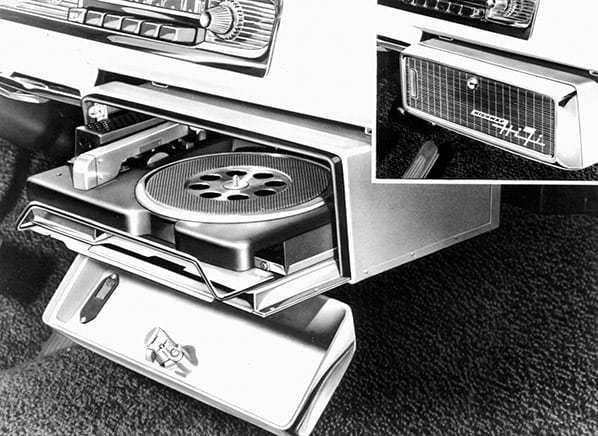Cars have always been the vehicle of innovation, they have helped change the future since their creation and each year car manufacturers try to bring something new to their designs. Today’s cars have come a long way and are full of advanced features that make driving a much better experience. But some of your favorite features might not be as new as you think and some old cars might even have had features you wish your brand-new car had. Here are just a few of the innovation that were supposed to make the driving experience better but very few of them ever made it to production.

1. Illuminated Tires
In the early 1960s Goodyear tried new experiments with their rubber to create something that was quite revolutionary. They called it “the tire of tomorrow” and it was definitely a showstopper. The tire itself was translucent and mounted to the inside of the rim were tiny light bulbs. These bulbs created a glowing effect that basically made the car look like it belonged in Tron. As an added feature the bulbs could be made to blink individually or in unison.
The tires were made differently than other tires of the period. They were made from compounds of Neothane synthetic rubber that was then poured into special molds. The batches were then heated to 250 degrees. What most enticed Goodyear’s customers was not the fact that the tires ran smoothly, quietly and were expected to wear at a much slower rate than regular tires, but the fact that the compound could be dyed to nearly any color. It was suggested that the new colored tires might become so common that a woman would change her tires to match her dress.
But these “tires of the future” were never meant to be. For one thing, they had no traction on wet pavement. For another they tended to melt when the brakes were pressed too hard and they lost stability at speeds over 65 mph. Perhaps the most troubling however, was the fact that in road tests onlookers were so distracted by the tires that they would stop in the middle of traffic, go through red lights or spend more time looking at the tires than the road. Since the safety issues were not solved and the tires themselves were seen as too distracting for night driving, Goodyear only allowed the illuminated tires were to be put on one private vehicle that belonged to collector Jim Street.

